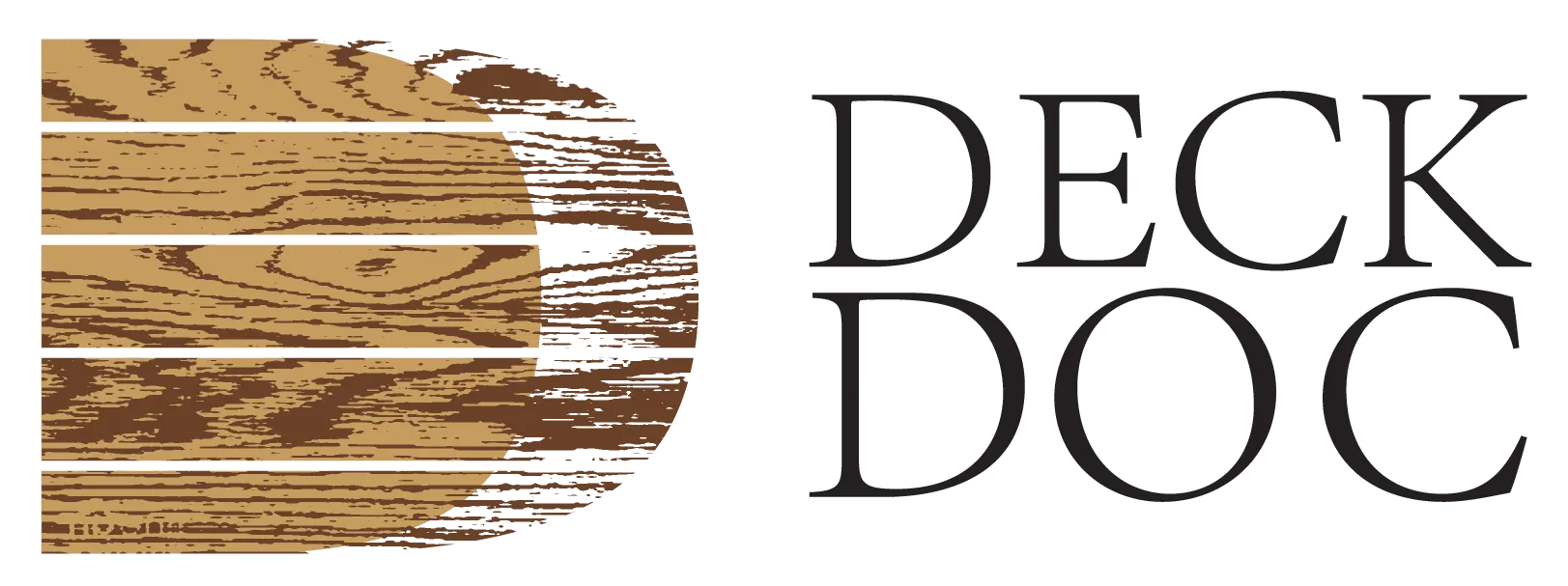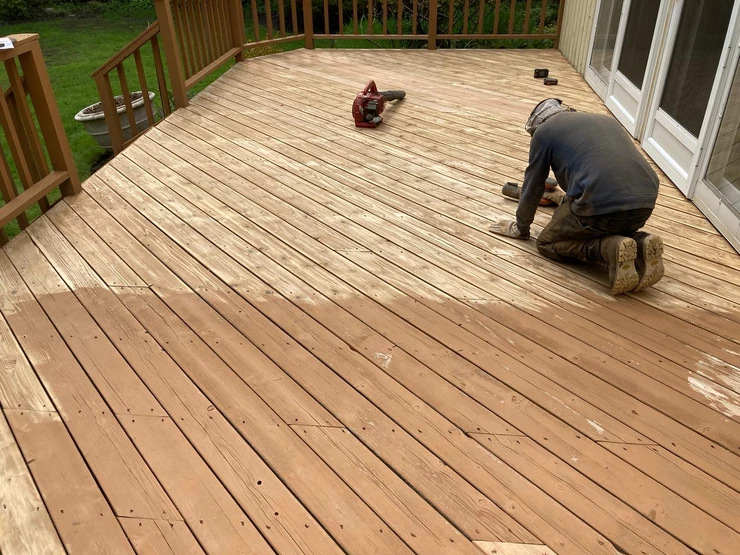What’s the best material for wooden decks? Honestly, there’s no wrong choice. There are advantages and disadvantages no matter which type of wood you choose.
Some are cheaper upfront but are less durable compared to other options. Thus, they cost more in the long run.
Some wooden decks are just expensive, period. But then, the appearance of these expensive decks might be exactly what you’re looking for.
The point is, there is one ideal material that is the best fit for you—the right look, the right cost, and the right amount of maintenance. And we’re going to help you find it. In this guide, we compare the pros and cons of each type of wood decking. And we teach you what factors to consider when making your choice. To discover the ideal wood for your deck, read this comparison.
1. Pressure Treated Softwood
If you don’t have a lot of money to pay upfront, your choice is simple. Choose pressure-treated softwood.
Softwoods like pines and firs are about the cheapest wood you can get. That’s because, on their own, they’re not very resilient.
That’s where the pressure-treating comes in. Certain chemicals and pressure are applied to the wood to make it denser and more resistant to insects and rot. Because of this, pressure-treated wood decks can last up to 20 years before needing to be replaced.
Still, even with pressure treatment, softwoods like pine are still quite inferior to the more expensive options, like redwood. Specifically, pine is still easily scratched and tends to warp as it ages. Plus, it’s not very pretty and requires a lot of maintenance.
But the appearance/durability problems are mostly solved with a nice stain and a proper maintenance schedule.
2. Cedar
Cedar is a little more costly than pine but much more resilient, especially against harsh weather. It’s less likely than other woods to crack or warp even in the coldest of winters. And cedarwood oil is a powerful pesticide that will protect your deck from bugs.
Plus, it’s naturally beautiful, comparable to redwood, even. And yet, it’s significantly less expensive than redwood, usually. But that depends on where you live.
You see, cedar isn’t as common as pine so it may not be sourced anywhere near your location. Importing cedar from far away will definitely add to the price.
Also, cedar is still somewhat soft and can be scratched if you’re too rough with it. But with proper maintenance, your cedar deck can last up to 40 years.
3. Redwood
Redwood is the go-to choice for those who don’t care how expensive their deck is. Its natural oils are even more protective than cedar. It’s harder and more beautiful than cedar, too.
It is also unlikely to warp or weather, even without staining. That’s not to say that there’s no need to stain your redwood deck. Staining will add an additional layer of protection and preserve the natural beauty of the wood.
Overall, your redwood deck should last at least as long as a cedar deck. And, it requires little maintenance.
Besides all its benefits, the reason redwood is so expensive is that it’s difficult to harvest. A redwood tree must grow for 50 years before it can be used for lumber.
4. Tropical Hardwoods
Some of the hardest woods available for decking are tropical hardwoods that you may or may not have heard of. Generally, these are very expensive and are not available in all areas. Regardless, here are two that are worth considering.
Ipe
Ipe is an extremely hard South American wood. It is said to last up to 75 years and may be comparable in price to redwood. And, since it’s about as hard as stone, it’s highly flame-resistant.
Of course, being this hard, it’s also difficult to work with. For one, it’s extremely heavy.
For two, it’s too dense to simply nail into. You’ll need to drill a pilot hole before nailing.
If you’re willing to put in the work though, you’ll have a deck that’s as durable and long-lasting as possible.
Ipe decks require special maintenance so you’ll need to hire a professional to reseal and maintain them.
Tigerwood
Tigerwood is another South American hardwood noted for its non-uniform appearance. Each tigerwood board differs significantly in grain and coloration. Thus, they give your deck a unique, patterned look.
There’s a downside to this, however. Tigerwood also varies in its level of hardness. Some boards are very hard while others are softer.
This makes the wood difficult to work with. It also means that some spots on your deck are more likely to get scratched.
Factors to Consider When Choosing Wooden Decks
Now that we’ve compared materials, it’s time to decide what type of deck you’re shopping for. First, you can eliminate some options right off the bat by deciding on a budget. If you can’t afford redwood or ipe, cross these off the list.
On the other hand, if your budget is unlimited, consider choosing a deck that requires little maintenance. Or, simply pick the one that you think looks the best.
Finally, you should also consider this deck as an investment. If you’re planning on selling your home someday, choose a deck that will still be in good condition when that day comes. Or, if you plan to live your remaining years in this home, choose a deck that will last a very long time.
What’s the Best Type of Wood For Your Deck?
So what did you decide? If you’re still thinking about it, that’s okay, too. Just keep this page bookmarked and use it to find the best wood for your deck.

